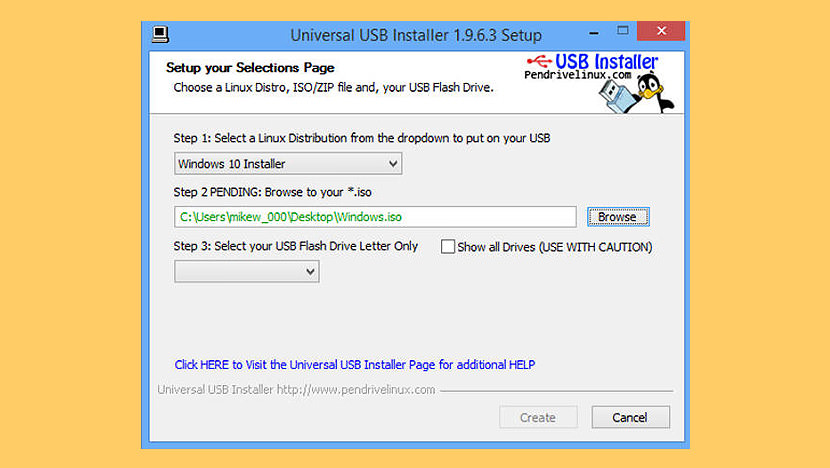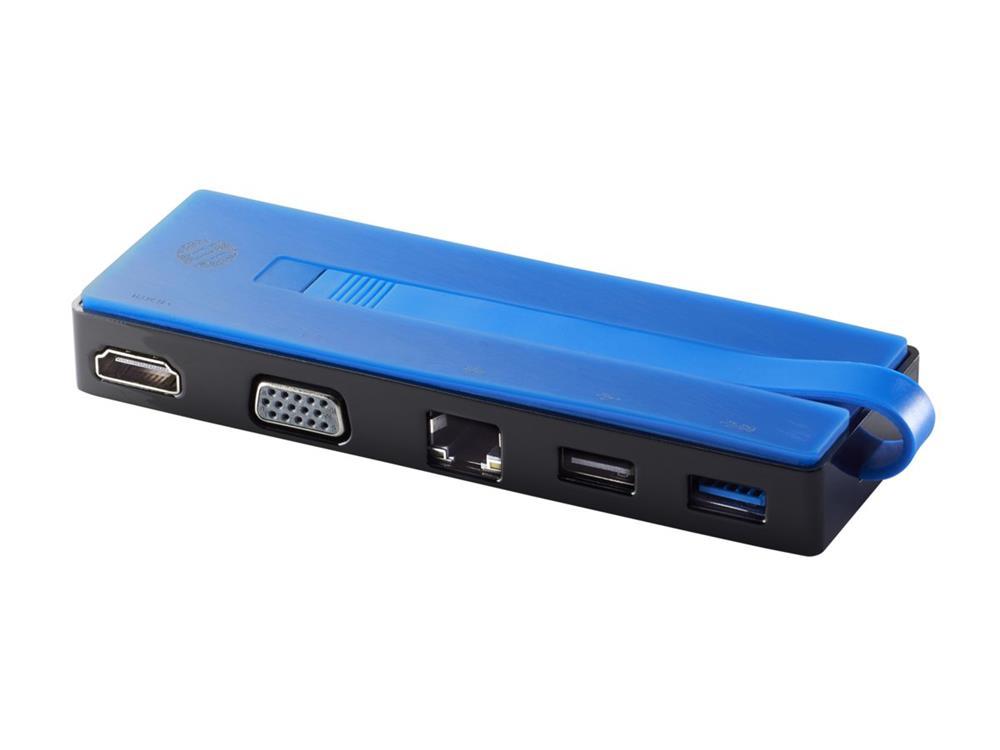



You can find instructions on how to create a bootable USB in: Create bootable Ubuntu 20.04 USB startup disk.įor DVD instructions see How to Burn ISO to DVD on Ubuntu 20.04 Desktop.

Ubuntu desktop only supports the 64-bit PC (AMD64) desktop image so download it into your directory by navigating to Ubuntu 20.04 Download. Take a closer look at the hardware requirements by navigating to Ubuntu 20.04 System Requirements.įirst, step is to download Ubuntu 20.04 ISO image. Canonical (the developers of Ubuntu) even claims that, generally, a machine that can run Windows XP, Vista, Windows 7, or x86 OS X can run Ubuntu 20.04 perfectly fine. Using Windows explorer or any other tool to copy all of the files on your DVD on to the formatted flash drive.ĭon’t forget to check that your computer has USB boot enabled in the BIOS config.Ubuntu 20.04 is an inherently lightweight operating system, capable of running on some pretty outdated hardware. Step 3: Copy the installation DVD files to the USB drive I’m assuming that your USB flash drive has been labeled disk F:\ by the computer: Use bootsect to set the USB as a bootable NTFS drive prepared for a Vista/7 image.Change directory to the DVD’s boot directory where bootsect is situated:.Insert your Windows 7 DVD into your drive.Type the followinf in the same command window that you were using in Step 1: Next we’ll use the bootsect utility that comes on the Windows 7 disk to make the flash drive bootable. Now you should have a formatted USB flash drive ready to be made bootable. (Replace the number “1” with the specific number of your disk):įormat fs=NTFS (The Format process will take a few minutes) Format the drive by typing the following.In my following example, I assume that the USB flash drive is disk 1. The number of your USB drive will listed. Find the drive number of your USB Drive by typing the following into the Command Prompt window:.Open a command prompt as administrator (Right click on Start > All Programs > Accessories > Command Prompt and select “Run as administrator” (Or type cmd in Start menu search box and hit Ctrl+ Shift+ Enter).Using the command prompt, we’ll use the diskpart utility. I just wanna have this "How to" in my blog, even for myself.


 0 kommentar(er)
0 kommentar(er)
